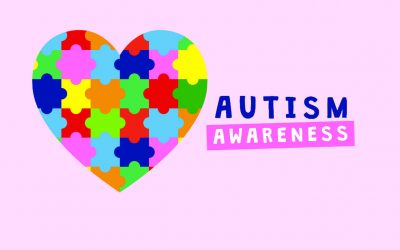A Mysterious Upsurge in Autism
A shocking report from California last week suggested that a large increase in childhood autism in that state over the last 15 years is a true epidemic, not a statistical mirage inflated by artificial factors. If that judgment holds up after further analysis and research, it raises disturbing questions about just why this brain-distorting disease is on the rise and what can be done about it.
Experts have known for some time that there seemed to be a big upsurge in autism in California – a tripling in little more than a decade of the number of children with profound autism receiving services from the state.
The state’s Department of Developmental Services found that the number of children with “full spectrum” autism jumped from 2,778 in 1987 to 10,360 in 1998 and continued to rise thereafter. That was bad news indeed given that autism is a crippling brain disorder that often leaves its victims unable to speak, rocking compulsively, and unable to form social relationships or behave normally in everyday life.
Last week’s report, commissioned by the California Legislature and conducted by researchers at the University of California at Davis, concluded that the upsurge could not be explained away by demographics, changes in the way autism is diagnosed or increased migration of autistic children into California. But whether the study looked hard enough for all possible explanations will need to be addressed when outside experts have a chance to review the findings. One possible weakness is that the study dealt only with autistic children receiving services from the state’s regional centers. It did not examine whether parents and professionals are referring more children with autism to the centers today than in the past.
California’s self-examination has underscored the surprising lack of information about the prevalence of this relatively rare brain disorder elsewhere in the nation. Studies carried out by the federal Centers for Disease Control and Prevention in recent years found that the number of cases in metropolitan Atlanta and in one New Jersey township were significantly higher than previous estimates of prevalence wouldsuggest. But nobody knows for sure what the nationwide trends are. The C.D.C. is financing studies in a dozen other states to determine the prevalence there.
Virtually all experts agree that genetics play an important role in autism, but genes don’t propagate fast enough to cause a sharp change in a decade. Some experts believe that environmental factors can trigger autism in people with susceptible genes, with suspicion falling at various times on vaccines, infections, heavy metals and other environmental insults. The evidence, unfortunately, is sparse. It could take years of study to unravel the widening mystery of autism.


